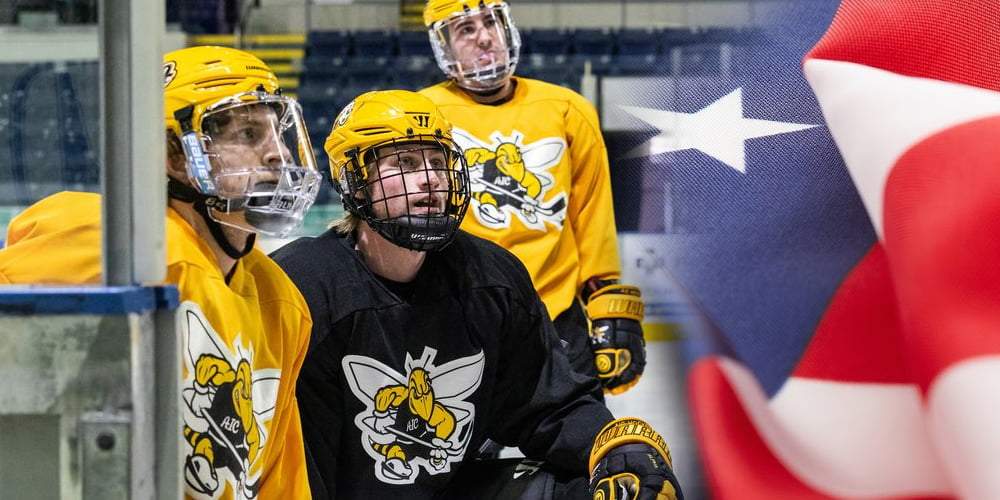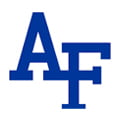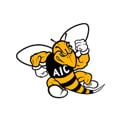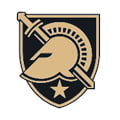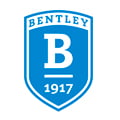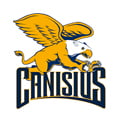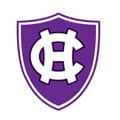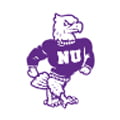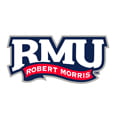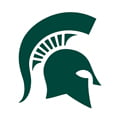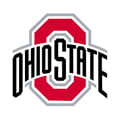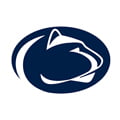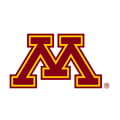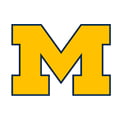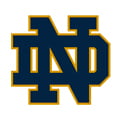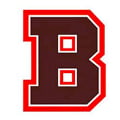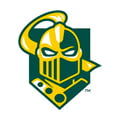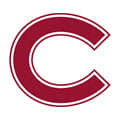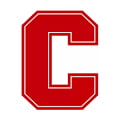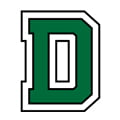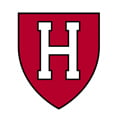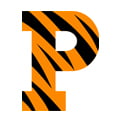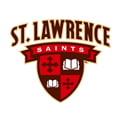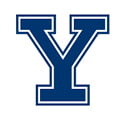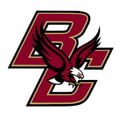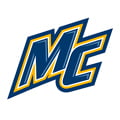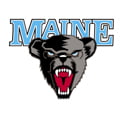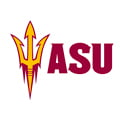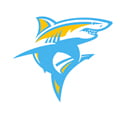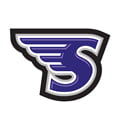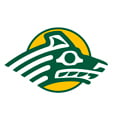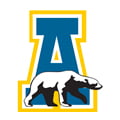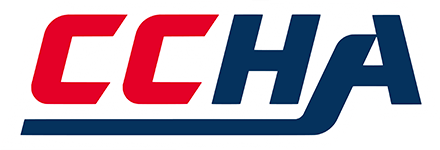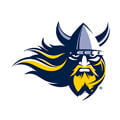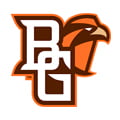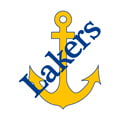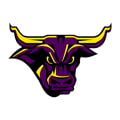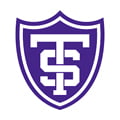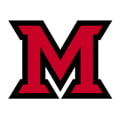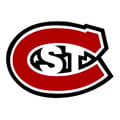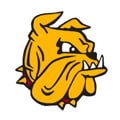Sök College Hockeystipendium i USA
Collegehockey har varit grunden för många enastående hockeyspelare. Hockeygymnasiet.se tror att det finns en möjlighet att bygga ännu mer kompetens inom collegehockey.Search College Hockey Scholarship in USA
College hockey has been a breeding ground for many outstanding hockey players and people. Hockeygymnasiet.se believes there is a possibility to build even more skills within college hockey.SPELA COLLEGE HOCKEY I USA
Som en oberoende utbildningsportal har vi ambitionen att hjälpa unga, hungriga talanger att vägleda dem att fullfölja sina hockeydrömmar. Här hittar du information om de olika nivåer om Hockey på college i USA med ett stipendium. Spela hockey på college i USA med ett stipendium är ett bra sätt att fortsätta satsningen på professionella karriären.
De flesta frågor om college Hockey
- Spela Junior College Hockey USA
- Information om College Hockey USA
- College Hockey Teams
- NCAA Hockey
- College USA Hockey
- Spela juniorhockey i USA
- College Hockey Stipendium
- College Hockey Lista
Gå till college i USA
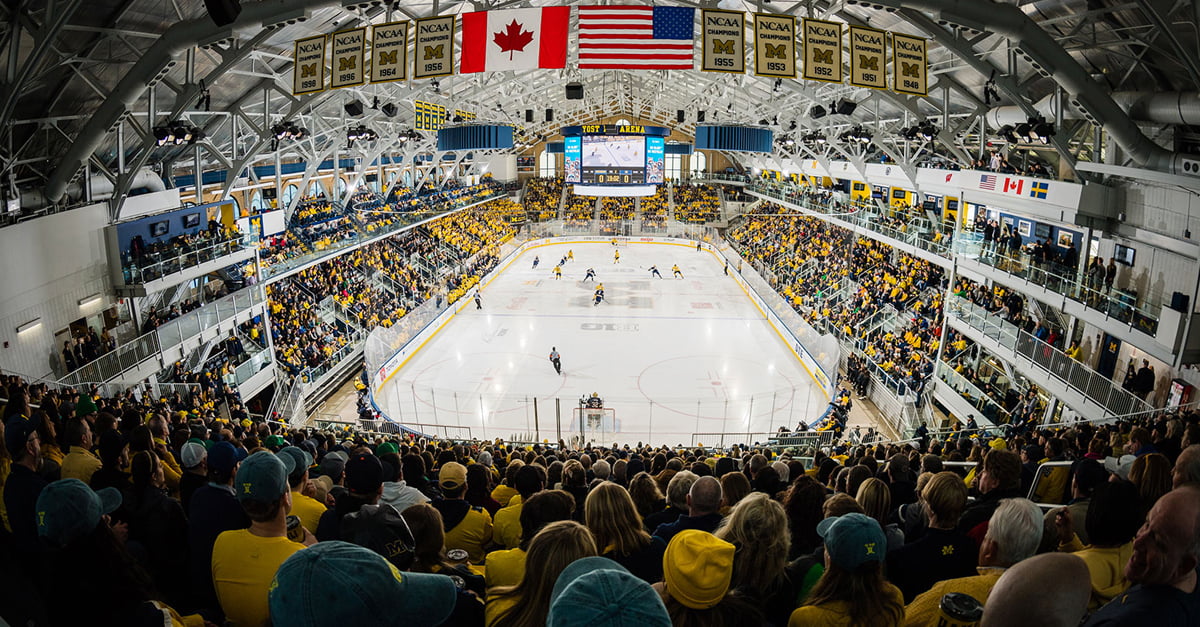
Mer om Spela College Hockey
Som spelare kan du kontakta skolor och lag själv och kanske även besöka olika skolor på egen bekostnad. Däremot kan det vara svårare att sälja sig själv samt få en god respons från lag om man är ensam om processen.
Grundregeln säger att man inte får spela med proffsspelare för att det ”smittar” dig som amatör.

College Hockey Ligorna
-
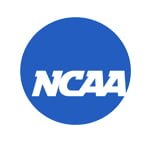
NCAA (National Collegiate Athletic Association)
NCAA är den största ligan inom collegeidrotten i USA. De är det styrande organet för mer än 1200 skolor, uppdelade i tre olika divisioner. Vilken division en skola tillhör beror på många olika faktorer och är inte baserat på skolans idrottsliga nivå. NCAA Colleges med klubb programDivision 1: 57 teams in 7 conferences Division 2: 200 teams in 12 conferences Division 3: 140 teams in 10 conferences.pp-list-container .pp-list-items
-
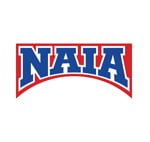
NAIA (National Association of Intercollegiate Athletics)
National Association of Intercollegiate Athletics är det styrande organet för mindre kända kollegiala sportprogram som använder friidrott för att främja önskvärda karaktärsdrag bland studentkårer. Detta organ sätter regler för högskoleidrotter så att de inte står i vägen för studenters studier. De sätter också mycket värde på akademisk framgång. Mer så, NAIA-skolorna i Indiana är cirka 19 olika skolor. -
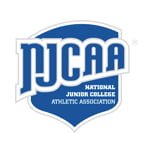
NJCAA (National Junior Collegiate Athletic Asociation)
Den här ligan tillåter idrottare att tävla för skolan i två år man går i College/på Univertsitet. När man sedan gör det bytet så byter man även till NCAA eller NAIA. Det finns idag ca 1000 skolor som är anslutna till denna juniora liga.
College Hockey Ålder
Vanliga frågor: vad är åldersgränsen för College Hockey
Daniel Ljung: agenten/rådgivaren och grundaren till företaget Scandinavian Hockey Consulting förklarar
-
Får spelare pela collegehockey om han spelar i SHL?
När det gäller spel i SHL och Hockeyallsvenskan är det ALLTID “fall till fall”-principen inom NCAA. Som bekant är det då två stycken parametrar man som spelare måste erhålla innan man tilldelas spelarlicens via NCAA Eligibility Center -
Det parametrar är:
- 1. Du ska uppfylla kravet på godkänt snittbetyg i rätt antal kärnämnen kombinerat med testresultat på SAT/ACT.
- 2. Du ska uppfylla “Amatörstatus”. Det betyder att du inte har spelat i proffsligor, har kontrakt, etc.
- 3. Det betyder att det är förbjudet att spela i proffsligor som SHL och Hockeyallsvenskan.
- 4. En spelare blir isåfall även mindre attraktiv av att ha spelat matcher i SHL/HA hos de 60 stycken NCAA D1-lagen.
- 5. NCAA-regler är skrivna för amerikanskt system, inte ett svenskt. Därför måste man som svensk vara påläst och kunnig.
-

NCAA (National Collegiate Athletic Association)
NCAA (National Collegiate Athletic Association) ger dig 5 år att tävla i 4 säsonger atletiskt, med det femte året som ett rödskjortår. Ett rödskjortår ger idrottare möjlighet att sitta ute ett tävlingsår (av skäl som skada eller tävling om speltid) och ändå få tävla under alla fyra åren sportsligt. -

NAIA (National Association of Intercollegiate Athletics)
NAIA (National Association of Intercollegiate Athletics) har ingen åldersbegränsning;men de tar bort tävlingssäsonger för allt deltagande i sport på en jämförbar tävlingsnivå efter den 1 september av ditt gymnasieexamensår.
Hockey College Teams Top 10
College Hockey NCAA Division-1 ligalistan
NCAA College Hockey Teams
Big Ten
NCHC
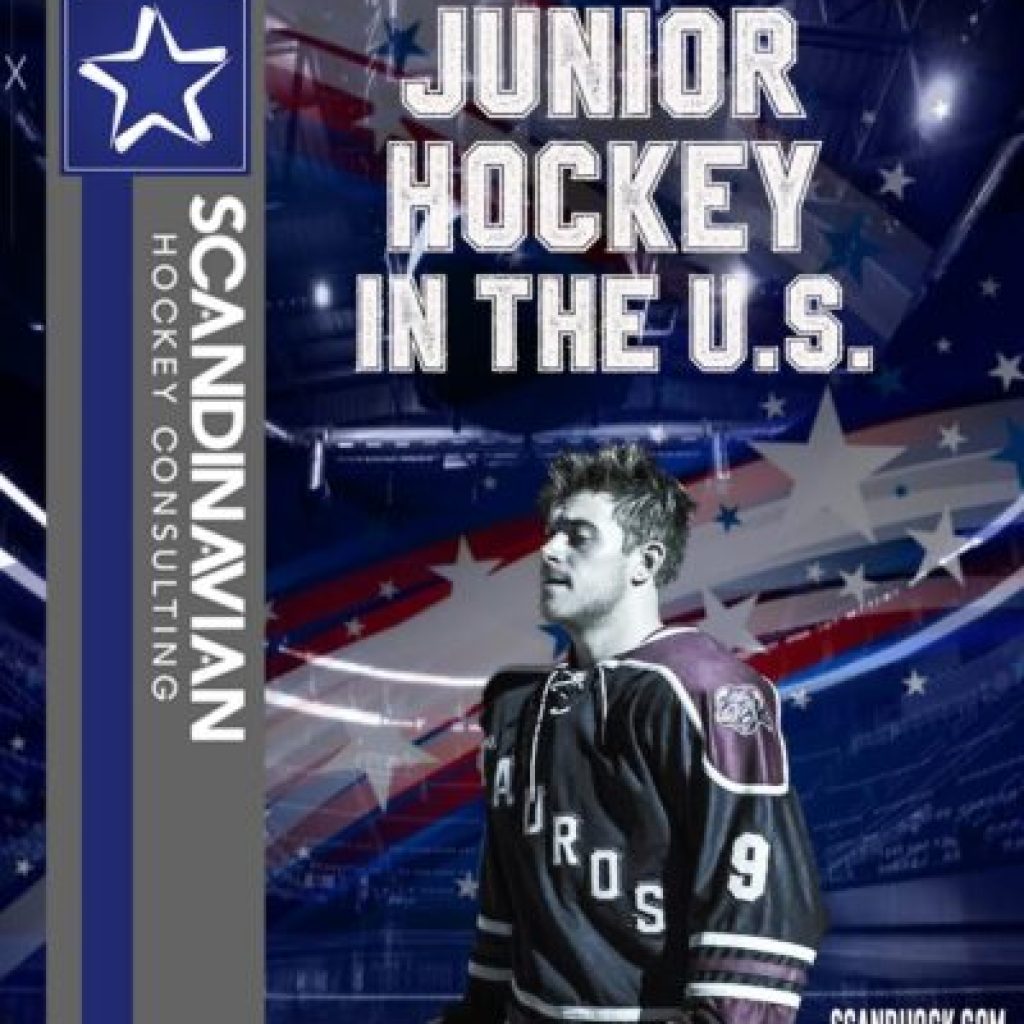
SCANDINAVIAN HOCKEY CONSULTING
Contact
Mobile
COLLEGE HOCKEY SWEDEN: INTRESSEANMÄLAN
För att anmäla intresse till College Hockey Sweden måste du fylla i formuläret nedan.

